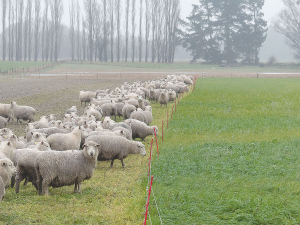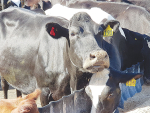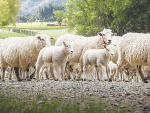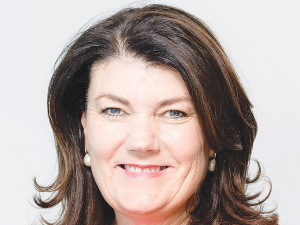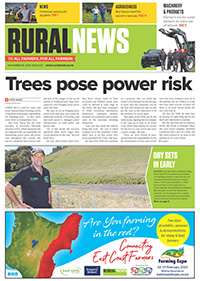Late autumn is an ideal time to do a feed budget to help meet livestock performance targets and set up pastures for spring.
Farm Systems scientist Tom Fraser says doing a feed budget helps drive farm profitability and reduce farmer stress levels.
In a recent Beef+Lamb NZ webinar, Fraser explained how a feed budget will identify deficits and surpluses and highlight any red flags so actions can be taken early.
“Doing something is better than waiting for disaster to happen and every time you do a feed budget you will get better at it,” he says
Farmers in different parts of the country are going into winter with different challenges. Many regions have had a wet summer so feed quality could be an issue. However, other areas – such as Southland and the West Coast – are very dry and facing feed deficits.
Meanwhile, everyone is affected by Omicron-related supply-chain disruptions.
All these challenges build a strong case for putting together a feed budget going into winter.
Fraser says a feed budget will allow decisions to be made early, feed to be allocated to priority stock and ensure animals are fed to meet their requirements, not management requirements.
A feed budget is simply allocating potential feed supply to meet animal demand. This plan could cover a whole farm for one year, part of a farm for a short period or even just one paddock for one stock class for a day.
“It’s not an exact science but it will help you make decisions,” Fraser adds.
The information required to put together a feed budget includes stock classes and numbers, stock weights and production status (maintenance or growth), feed available which includes pasture covers (sward sticks will help measure covers and help calibrate the eye) and supplementary feed (grain, hay nitrogen).
With all the necessary information on hand, Fraser recommends working through each class of stock to calculate their requirements and total feed demand. It is important to include feed utilisation, which will vary depending on the quality of the feed and climate.
He says it is important to note that baleage is not 100% drymatter, and suggests a good estimate is 50% drymatter.
A spreadsheet, available through B+LNZ extension managers, will allow users to run different scenarios and test different management strategies.
Fraser says winter is the easiest time to do a feed budget as growth rates don’t vary much through the colder months.
Farmers who are going into winter with long pasture covers and tag need to address the issue of quality before spring. Fraser recommends using whatever class of stock is available to clean up areas where quality is important going to
spring, rather than tackling the whole farm. This, for example, could be where twin-bearing ewes are set-stocked for lambing.
With potential processing delays, lambs should be maintained and if they’re not up to weight, he advises farmers consider buying in supplement to increase growth rates and achieve target weights.
To work out the cost effectiveness of a supplement, Fraser suggests using the cost of grain as the benchmark, as this is a high-quality feed with high utilisation.
“It is never efficient to take weight off an animal. It takes three times the amount of energy to put on a kilogram of liveweight on an animal than what you’re saving by taking weight off.”





